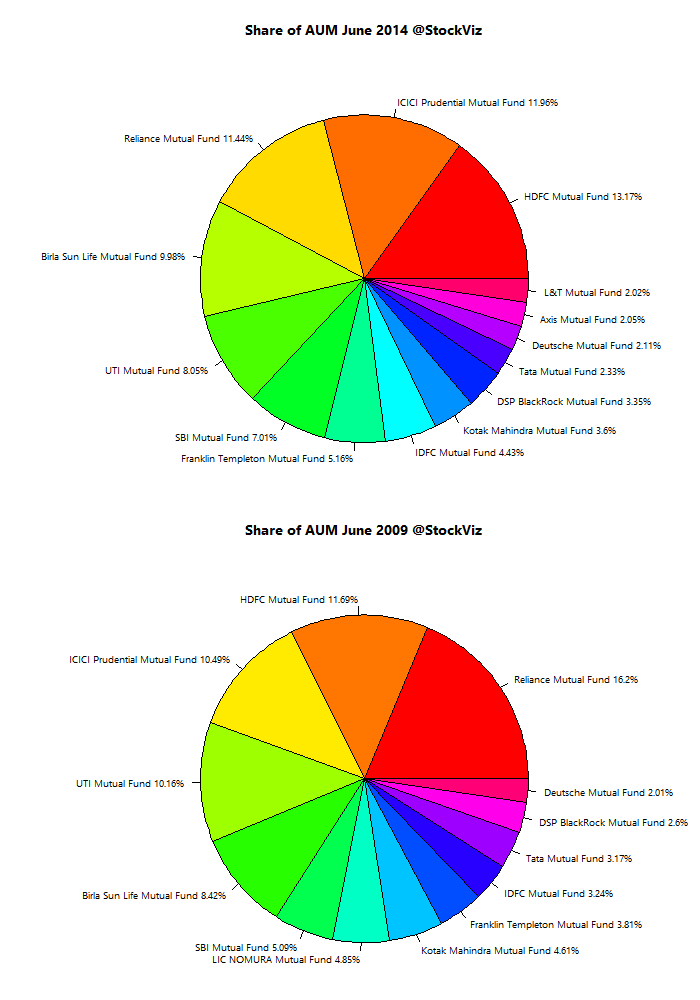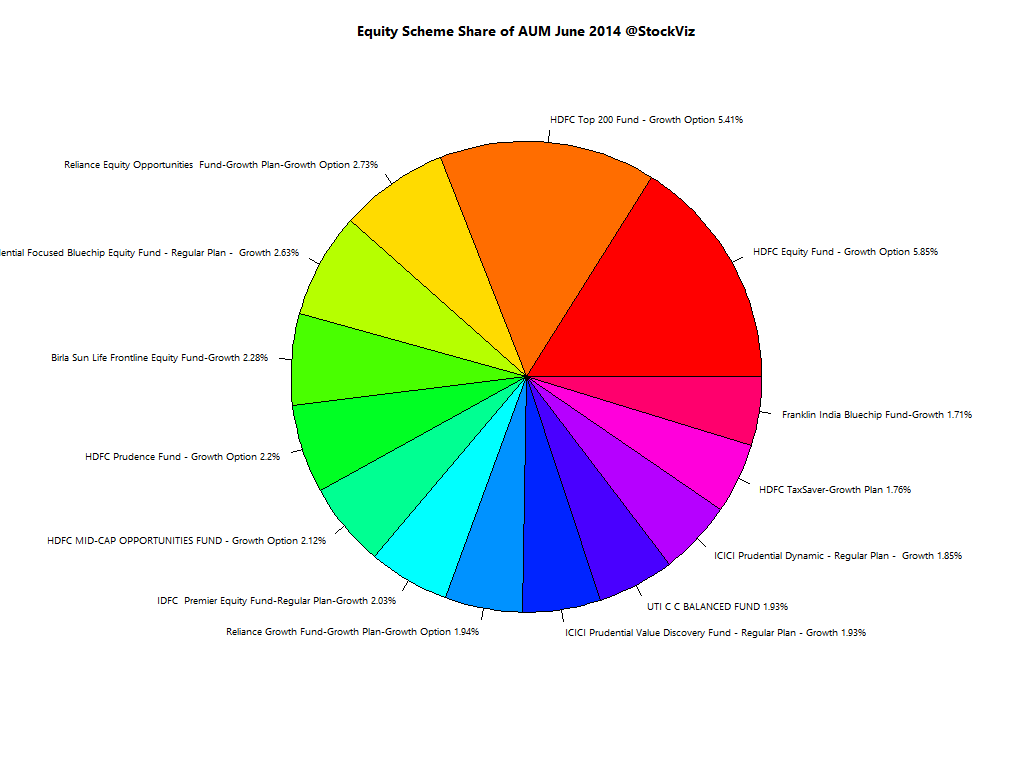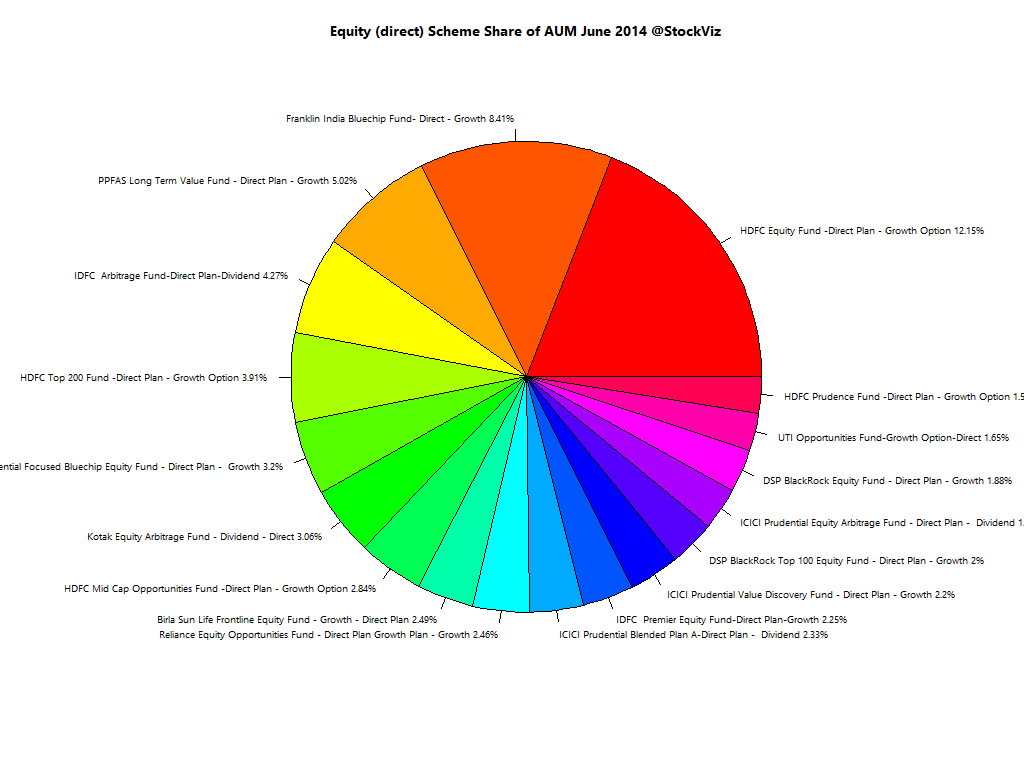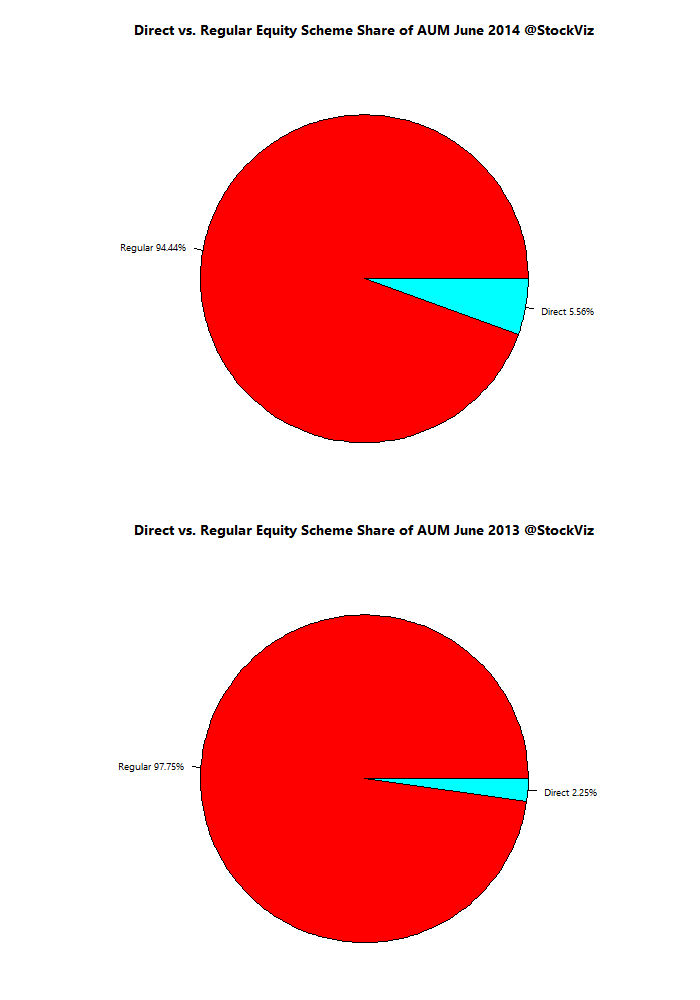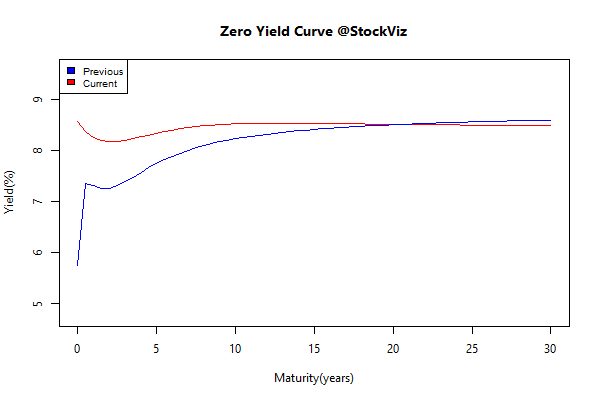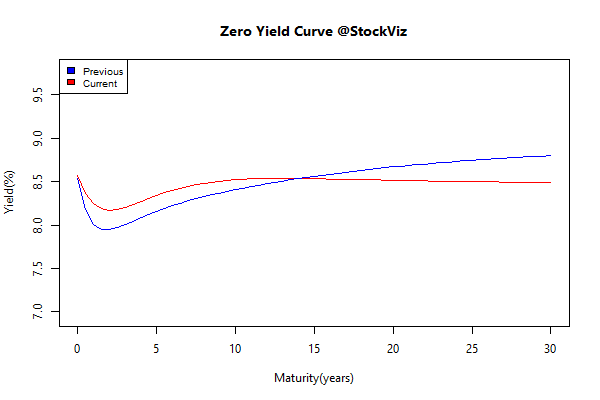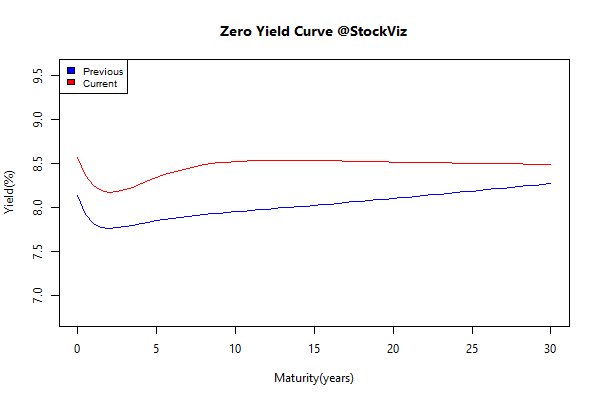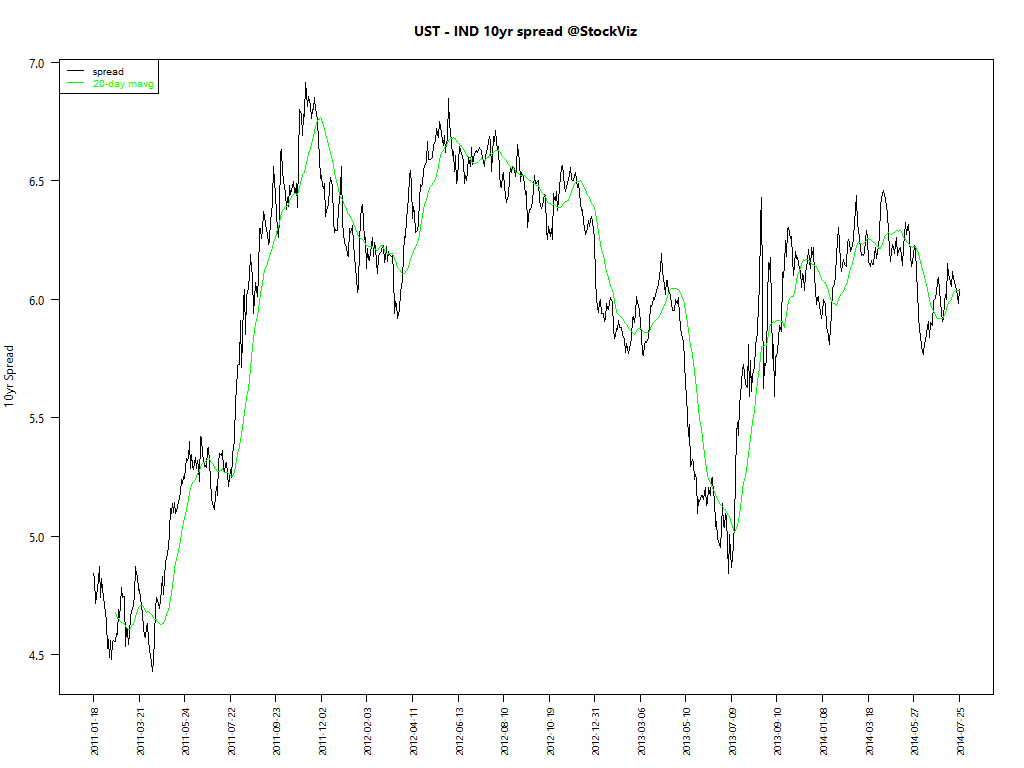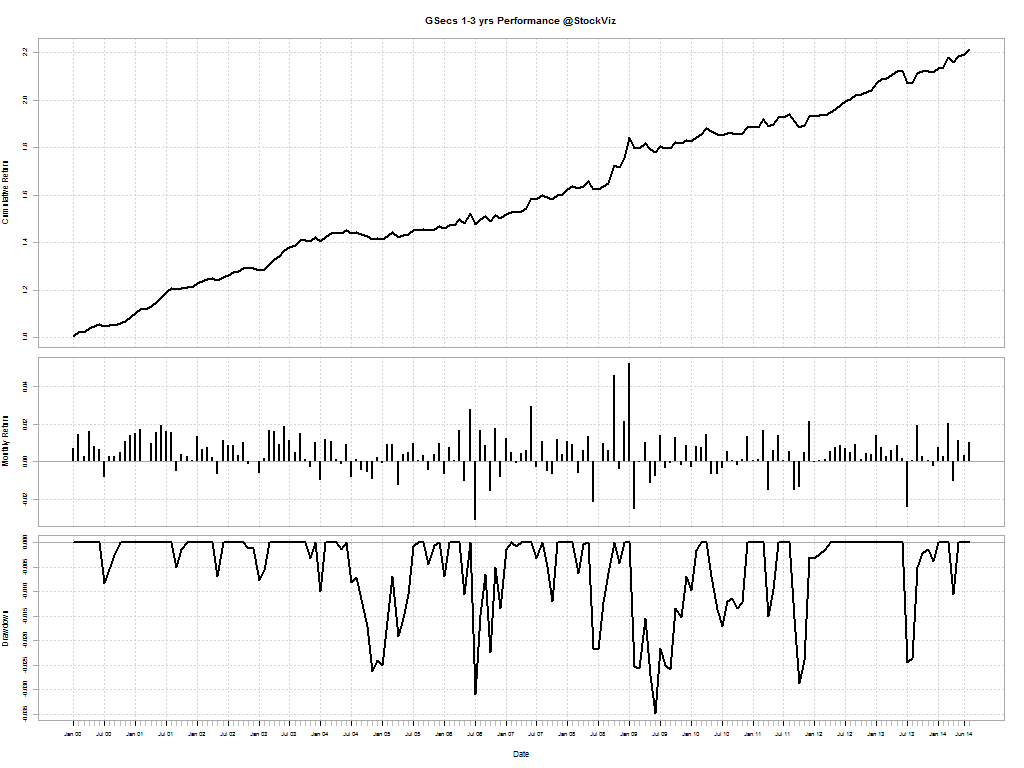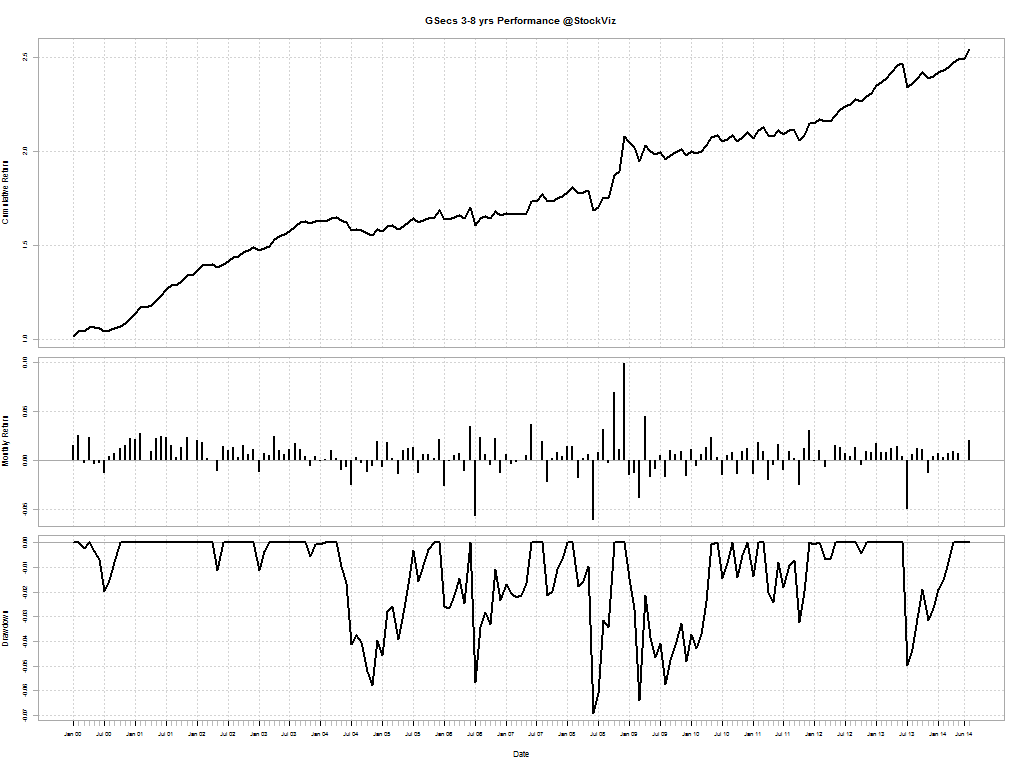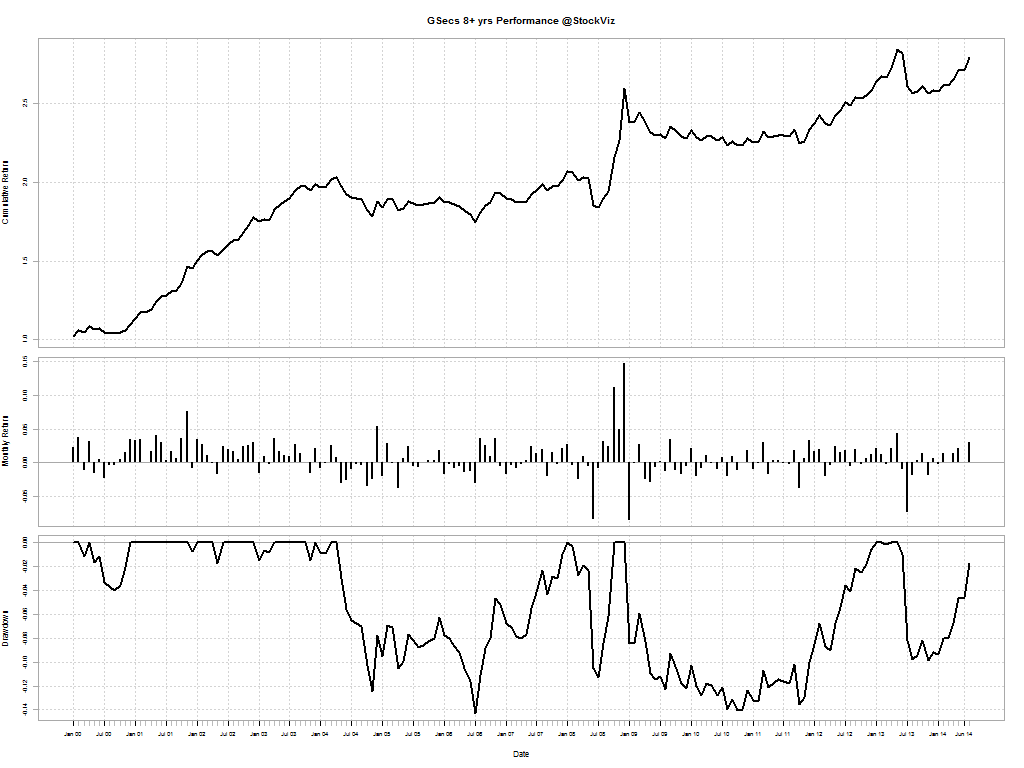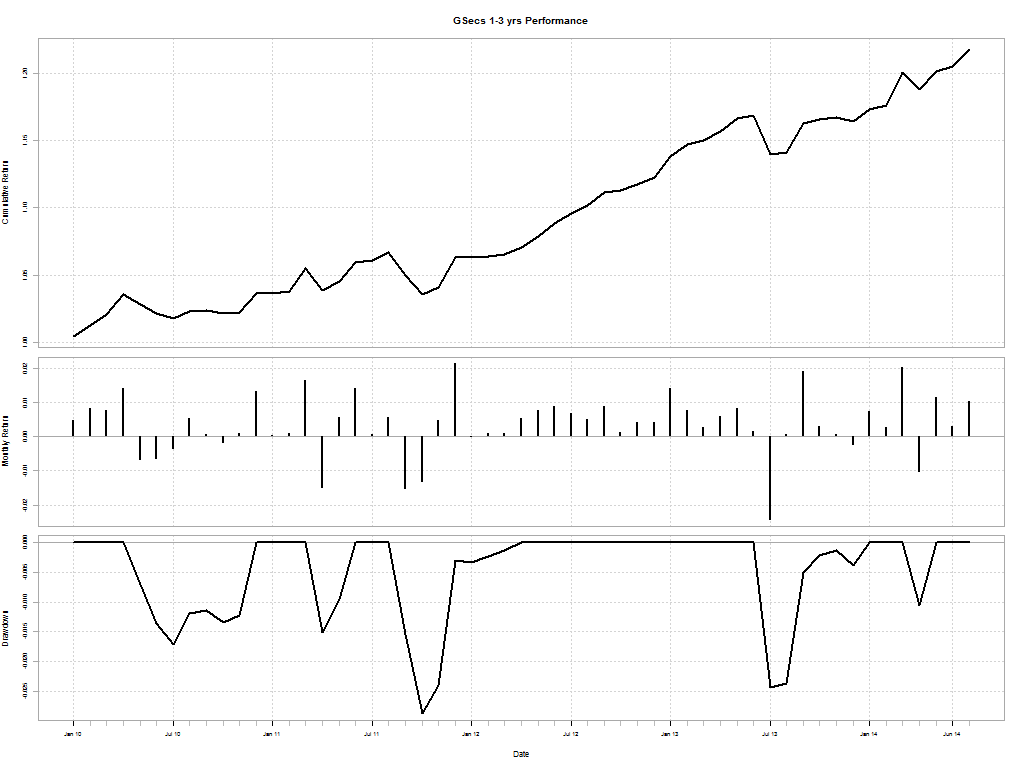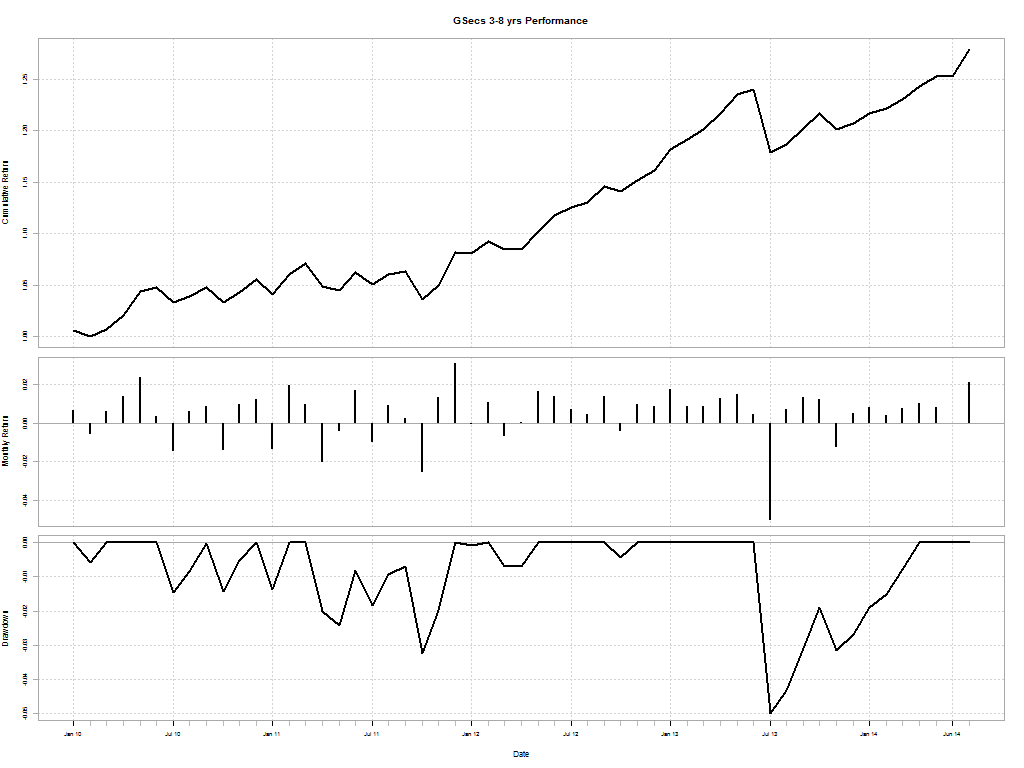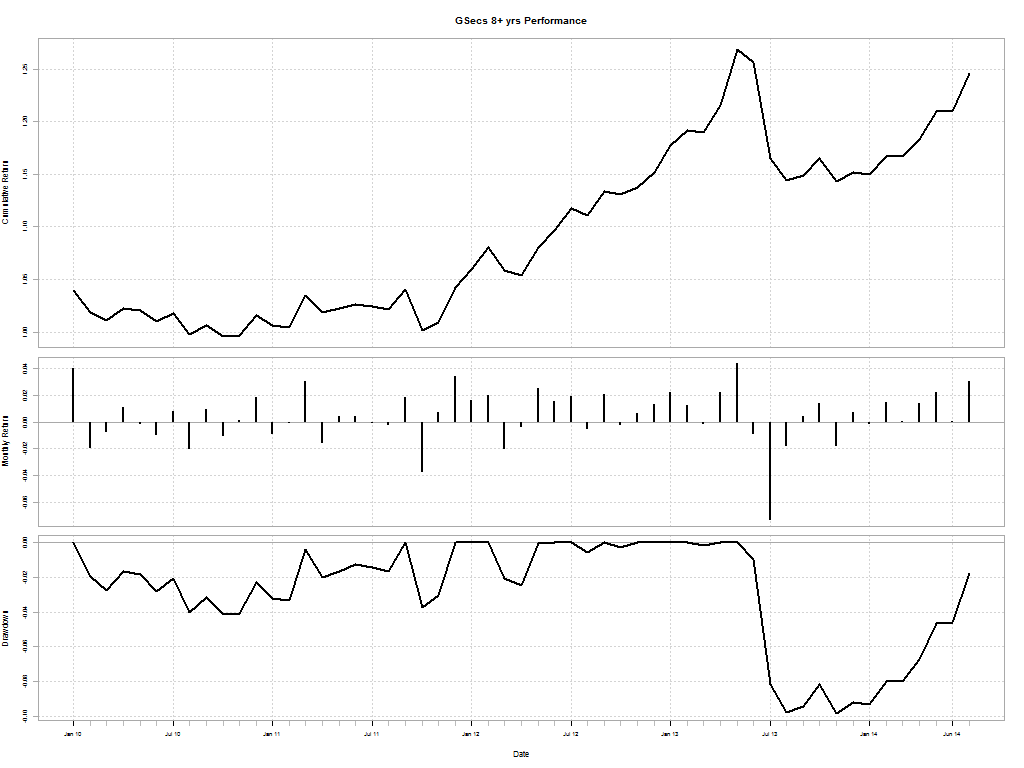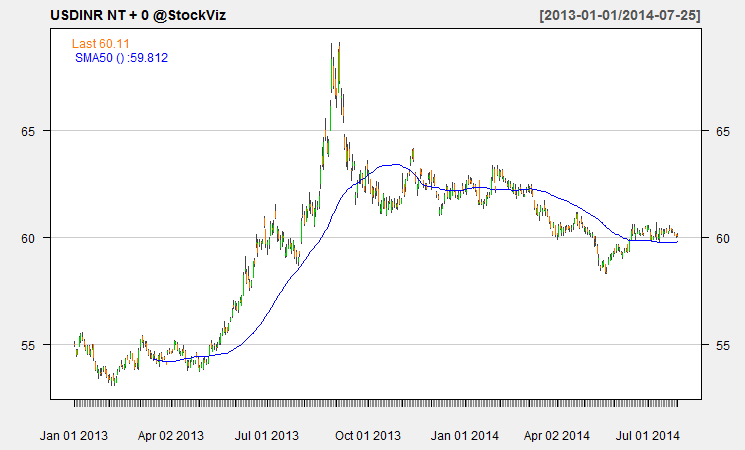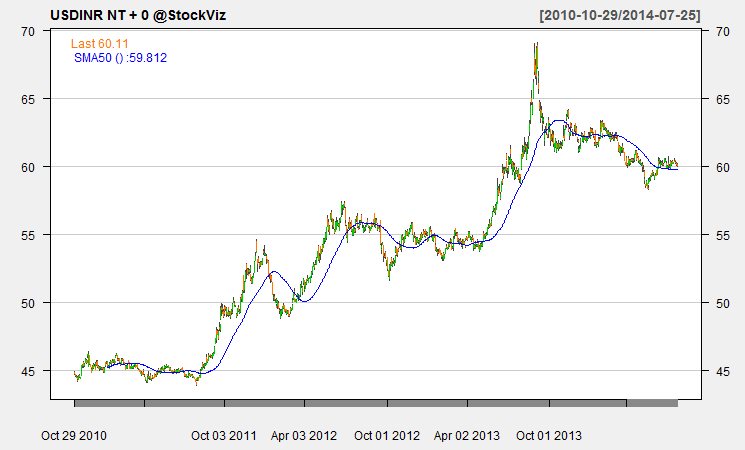How do successful investors find alpha? Is it possible to consistently beat the market? Does stock picking work?
Here are some excerpts and links to original articles that should get you thinking.
Leon Cooperman
CNBC’s intro to the legendary hedge fund manager, Leon Cooperman:
The hedge fund manager’s stock-junkie lifestyle starts at 5:15 a.m. on weekdays, when he wakes up in the Short Hills, New Jersey, house he’s lived in for 36 years. He then drives to the Manhattan offices of his $10.7 billion Omega Advisors, getting in by 6:30 a.m. (he took the ferry for 30 years before the firm recently moved from Wall Street to midtown). Cooperman then digs in to investing for 12 hours—including a working lunch in the office—bouncing between grilling corporate executives in person or on the phone, consulting with his 18-person research team and reading company reports. By 6:30 p.m., it’s off to a business dinner with more CEOs or fellow investors like Mario Gabelli of Gamco Investors and Bill Priest of Epoch Investment Partners. Then it’s a quick post-dinner shower and more time in front of a Bloomberg terminal checking international markets before bed at 11 p.m.
Source: Alpha addict: The amazing career of Leon Cooperman
Cooperman’s hedge fund, Omega Advisors, has posted average annual returns of 14.6% net of fees versus the S&P 500’s 9.3% between January 1992 through June 2014. Almost no one else has been that good for that long.
- Omega’s secret seems to be betting big on recoveries after sell-offs. Cooperman clearly has a bullish bias and during the opening stages of market recoveries he tends to crush the indices and his fellow hedge fund peers who are typically more encumbered by short bets and hedges that drag.
- This outperformance has come with a cost – Omega has not been immune to market downturns.
- There are only two up-years for the S&P 500 during this 20-year span in which the market had beaten Omega to the upside.
Source: Omega Advisors vs the S&P 500
Out of 2,862 mutual funds, only 2 beat the market
The S.&P. Dow Jones team looked at 2,862 mutual funds that had been operating for at least 12 months as of March 2010. Those funds were all broad, actively managed domestic stock funds. Key finding:
Very few funds achieved consistent and persistent out-performance. Sustained out-performance declined rapidly over time.
Source: Who Routinely Trounces the Stock Market? Try 2 Out of 2,862 Funds
The dark side of passive investing
Active management is a zero-sum game before costs and a negative sum game after costs, the long-term expected return of low-cost passive investing is higher than that of the average, more expensive active manager. In addition, passive investing offers a high transparency, high liquidity and low risk of regret.
However, passive investors are ignoring compelling academic evidence that the market portfolio includes large groups of stocks with very poor expected performance characteristics. If these considerations are also taken into account, passive investing loses a lot of its initial appeal. As an alternative, we propose a factor investing approach, which avoids going against proven factors such as value, momentum and low-volatility, and actively seeks to benefit from these factors instead.
Source: The dark side of passive investing
Conclusion
You have the Alpha-Warriors on one side and the Beta-Pickers on the other. Right in the middle are the factor investing (a.k.a. smart beta) guys. But the market, being a complex adaptive system, is not going to allow either extremes to win this argument. Finding Alpha is hard. Picking up Beta is easy. May I humbly suggest factor investing through our Themes? Sounds like a good compromise, no?
